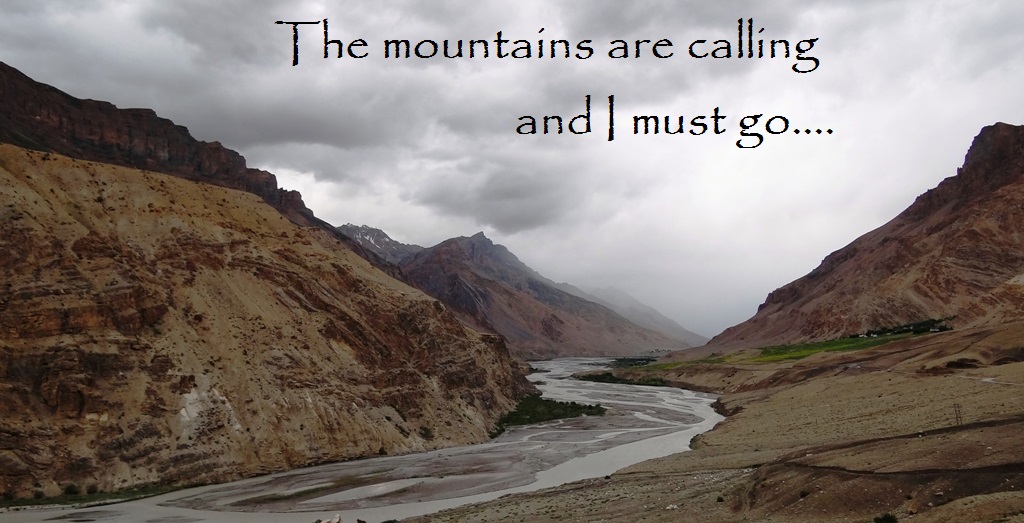To read Part 1 Heritage Heirlooms - Udayeshwar Neelkantheshwar temple
The more famous Udayeshwar Neelkantheshwar temple is surrounded by much smaller, yet intriguing temples ...
The Mata Mahamaya Mandir (temple) is situated just behind the main Udayeshwar temple. It has a beautiful entrance arch, a perennial stepped kund and a small mandir.
In India, every place of worship, big or small seems to have fascinating folklore attached to them. This place is no less... It is said that this is called the Mahamaya (Maha is great and Maya means A supernatural power of the Gods) Mandir since the Devi here shows a remarkable change in form. During the Navdurgas of Chaitra (about April) and Ashvin (about October or November) months of the Hindu calendar, the deity (Idol) has the appearance of a girl child in the morning, a youthful young woman in the afternoon and an old woman by evening! I believe one can see this happen first hand, if one visits during the Navdurgas.... Great motivation to plan a visit here then I think!.
There are nine avatars of the Goddess in the Mandir behind the main idol.
This is representative of the whole family of the Goddess... Lord Shiva in the centre with Nandi, his Vahan (vehicle)... the Devi herself in the form of Parvati with the two sons Ganapati and Kartikeya.
In the village just a few hundred metres from the Mata Mahamaya Mandir is the Pisanhari Mandir. It is said that an old childless woman who used to earn a living by milling flour (and therefore the name 'Pisanhari') had commissioned this temple from the money she saved. A small but charming temple ...
What I found interesting here is the way the doors were made of rough hewed stone with a built-in hinge so they could be opened/closed... and work well to this day... See the hinge below!
There is a small mosque too near the Pisanhari temple... Moti Masjid.
Has a nice six-fish-with-one-eye motif in the ceiling.
About 4 Kms from Udaipur is the hamlet of Muradpur. The old Hanuman temple here attracts a lot of pilgrims and is in a quiet setting amidst fields veiled from the temple by a screen of evergreen trees... The bells here particularly attracted me...
Behind the acclaimed Hanuman Mandir is one of the very few Varaha temples still standing. Though it is not worshiped at anymore after facing desecration in centuries past, people still come here to see this beautiful piece of art.. It's said that anyone who can slide under the Varaha would be washed of all their sins ... that's folklore and anybody's guess how true it could be. But a fun thing to try :-)
These are a few of the outlying places of interest around Udaipur. There are still more which we didn't find the time to visit.... only reaffirming the rich cultural identity of our ancient culture...!
The more famous Udayeshwar Neelkantheshwar temple is surrounded by much smaller, yet intriguing temples ...
The Mata Mahamaya Mandir (temple) is situated just behind the main Udayeshwar temple. It has a beautiful entrance arch, a perennial stepped kund and a small mandir.
In India, every place of worship, big or small seems to have fascinating folklore attached to them. This place is no less... It is said that this is called the Mahamaya (Maha is great and Maya means A supernatural power of the Gods) Mandir since the Devi here shows a remarkable change in form. During the Navdurgas of Chaitra (about April) and Ashvin (about October or November) months of the Hindu calendar, the deity (Idol) has the appearance of a girl child in the morning, a youthful young woman in the afternoon and an old woman by evening! I believe one can see this happen first hand, if one visits during the Navdurgas.... Great motivation to plan a visit here then I think!.
There are nine avatars of the Goddess in the Mandir behind the main idol.
This is representative of the whole family of the Goddess... Lord Shiva in the centre with Nandi, his Vahan (vehicle)... the Devi herself in the form of Parvati with the two sons Ganapati and Kartikeya.
In the village just a few hundred metres from the Mata Mahamaya Mandir is the Pisanhari Mandir. It is said that an old childless woman who used to earn a living by milling flour (and therefore the name 'Pisanhari') had commissioned this temple from the money she saved. A small but charming temple ...
What I found interesting here is the way the doors were made of rough hewed stone with a built-in hinge so they could be opened/closed... and work well to this day... See the hinge below!
There is a small mosque too near the Pisanhari temple... Moti Masjid.
Has a nice six-fish-with-one-eye motif in the ceiling.
About 4 Kms from Udaipur is the hamlet of Muradpur. The old Hanuman temple here attracts a lot of pilgrims and is in a quiet setting amidst fields veiled from the temple by a screen of evergreen trees... The bells here particularly attracted me...
Behind the acclaimed Hanuman Mandir is one of the very few Varaha temples still standing. Though it is not worshiped at anymore after facing desecration in centuries past, people still come here to see this beautiful piece of art.. It's said that anyone who can slide under the Varaha would be washed of all their sins ... that's folklore and anybody's guess how true it could be. But a fun thing to try :-)
These are a few of the outlying places of interest around Udaipur. There are still more which we didn't find the time to visit.... only reaffirming the rich cultural identity of our ancient culture...!



































